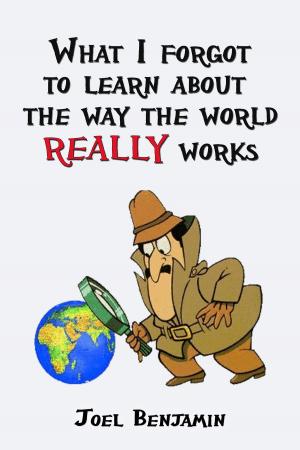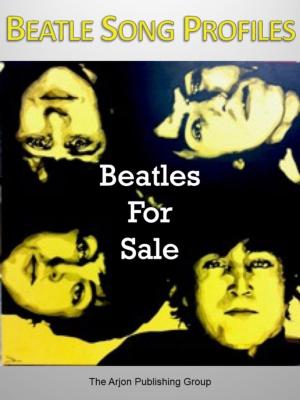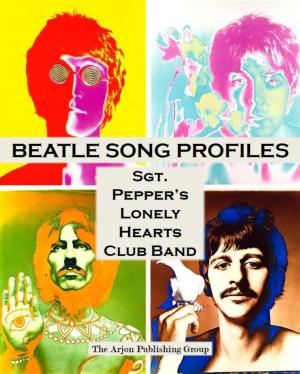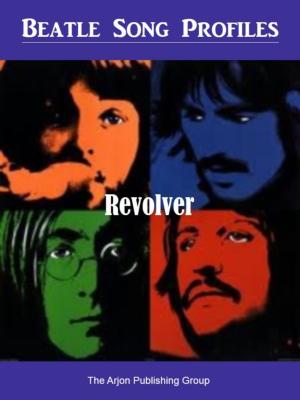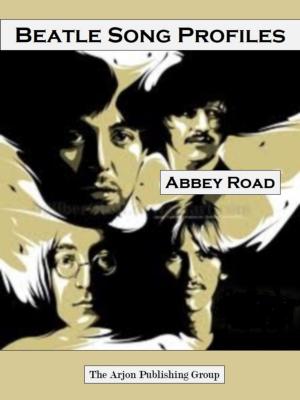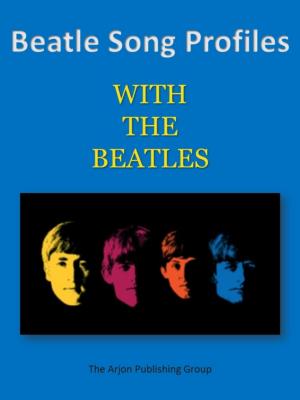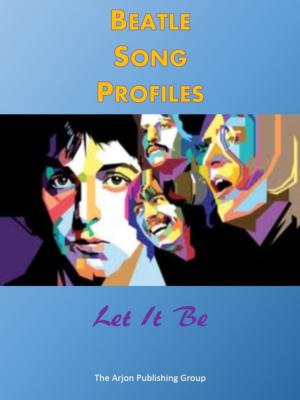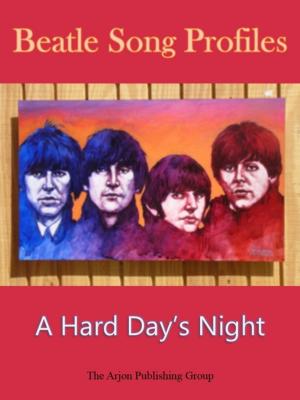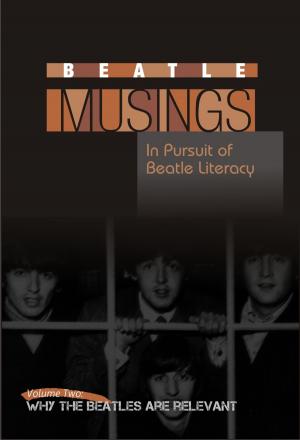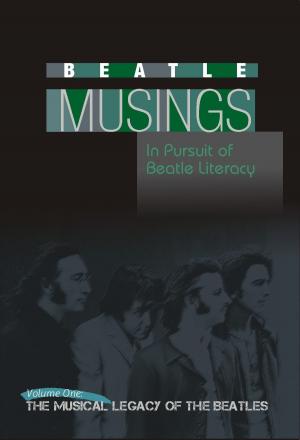Beatle Song Profiles: Rubber Soul
Nonfiction, Entertainment, Music, Business & Technical, Songwriting, Pop & Rock, Popular, Music Styles| Author: | Joel Benjamin | ISBN: | 9789657570210 |
| Publisher: | Arjon Publishing | Publication: | August 11, 2012 |
| Imprint: | Language: | English |
| Author: | Joel Benjamin |
| ISBN: | 9789657570210 |
| Publisher: | Arjon Publishing |
| Publication: | August 11, 2012 |
| Imprint: | |
| Language: | English |
Each of the 14 songs from Rubber Soul are “profiled” in this volume of Beatle Song Profiles.
Beatle Song Profiles are concise commentaries on every Beatle song. The song profiles describe the song’s origins and inspiration, what The Beatles themselves said about it, what was unique about the music and/or production of the arrangement or vocals, and the deeper meaning of the lyrics.
Sample profile from the Rubber Soul
Nowhere Man
Nowhere Man marked the beginning of Lennon’s overtly philosophical musings even though the official story is that he came up with this after struggling to write the song:
“I thought of myself sitting there, doing nothing and getting nowhere. So I just lay down and tried to not write and then this came out, the whole thing came out in one gulp.”
McCartney commented:
“He had told me he’d written it about himself, but was clever enough to say, ‘Isn’t he a bit like you and me?’”
The protagonist in the composition is The Beatles’ first genuinely literary character. It broke much thematic ground offering a critique of social detachment and apathy and demolished the unstated rules for content of a pop song. Leaving behind the typical subjects such as love, cars, and parental constraints- it explores what the philosopher Michael Frankel termed “the law of function,” a state wherein individuals resemble machines more than “conscious spiritual organisms.”
Typical of many John Lennon compositions are the “falling” melodies, which can be heard quite clearly in Nowhere Man. Folk music often has falling melodies, indicating melancholy. In Baroque music, a falling melody means sadness.
John’s self-loathing hits a boiling crest, folding in restlessly on itself. The monotony in the melody and the chugging, chiming guitar lines exacerbate the feelings of worthlessness which spread throughout the song creating a feeling of complete isolation. Rarely, with perhaps Bob Dylan being the exception, do pop musicians display so much humanity and honesty in such a baring, bruising manner.
McCartney remembers that the band wanted very “treble-y guitars” on Nowhere Man to create a very thick, textured instrumental layer as Lennon and Harrison play their guitar solos in unison. McCartney’s bass line is bouncy and fun to listen to is in perfect counterpoint to the guitars.
One aspect which strikes the listener in the arrangement is the vocals of the three part harmonies. Although they sing together, as a group, it comes through as sounding as one which mirrors the subject of loneliness- which is the focus of the track. Lennon’s melody is sandwiched in-between McCartney’s higher and Harrison’s vocals. This adds to the expression of the lyric’s sense of misplacement in the “nowhere-land” of the song’s focus.
Interpreting the underlying meaning of the composition, Tim Riley writes:
“Lennon sings for the unsung, the people who have shut themselves off from the life; but the glowing timbre is hopeful. The communal surge in the ensemble warms the sentiment with a rejuvenating interplay- no one can make it through life’s difficulties alone, the music seems to be saying, and the best crutches are other people.”
Each of the 14 songs from Rubber Soul are “profiled” in this volume of Beatle Song Profiles.
Beatle Song Profiles are concise commentaries on every Beatle song. The song profiles describe the song’s origins and inspiration, what The Beatles themselves said about it, what was unique about the music and/or production of the arrangement or vocals, and the deeper meaning of the lyrics.
Sample profile from the Rubber Soul
Nowhere Man
Nowhere Man marked the beginning of Lennon’s overtly philosophical musings even though the official story is that he came up with this after struggling to write the song:
“I thought of myself sitting there, doing nothing and getting nowhere. So I just lay down and tried to not write and then this came out, the whole thing came out in one gulp.”
McCartney commented:
“He had told me he’d written it about himself, but was clever enough to say, ‘Isn’t he a bit like you and me?’”
The protagonist in the composition is The Beatles’ first genuinely literary character. It broke much thematic ground offering a critique of social detachment and apathy and demolished the unstated rules for content of a pop song. Leaving behind the typical subjects such as love, cars, and parental constraints- it explores what the philosopher Michael Frankel termed “the law of function,” a state wherein individuals resemble machines more than “conscious spiritual organisms.”
Typical of many John Lennon compositions are the “falling” melodies, which can be heard quite clearly in Nowhere Man. Folk music often has falling melodies, indicating melancholy. In Baroque music, a falling melody means sadness.
John’s self-loathing hits a boiling crest, folding in restlessly on itself. The monotony in the melody and the chugging, chiming guitar lines exacerbate the feelings of worthlessness which spread throughout the song creating a feeling of complete isolation. Rarely, with perhaps Bob Dylan being the exception, do pop musicians display so much humanity and honesty in such a baring, bruising manner.
McCartney remembers that the band wanted very “treble-y guitars” on Nowhere Man to create a very thick, textured instrumental layer as Lennon and Harrison play their guitar solos in unison. McCartney’s bass line is bouncy and fun to listen to is in perfect counterpoint to the guitars.
One aspect which strikes the listener in the arrangement is the vocals of the three part harmonies. Although they sing together, as a group, it comes through as sounding as one which mirrors the subject of loneliness- which is the focus of the track. Lennon’s melody is sandwiched in-between McCartney’s higher and Harrison’s vocals. This adds to the expression of the lyric’s sense of misplacement in the “nowhere-land” of the song’s focus.
Interpreting the underlying meaning of the composition, Tim Riley writes:
“Lennon sings for the unsung, the people who have shut themselves off from the life; but the glowing timbre is hopeful. The communal surge in the ensemble warms the sentiment with a rejuvenating interplay- no one can make it through life’s difficulties alone, the music seems to be saying, and the best crutches are other people.”

